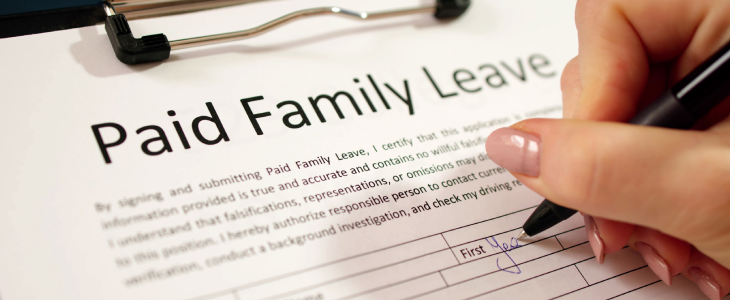The Family and Medical Leave Act (FMLA) is a critical federal law that ensures eligible employees can take unpaid, job-protected leave for specified family and medical reasons. The law covers various employers in Connecticut in every industry. This blog outlines the central employee rights under the FMLA that every employer should know to help ensure compliance and avoid common pitfalls.
Who Is Covered By the FMLA?
To be eligible for FMLA leave, an employee must work for a covered employer, which includes private-sector employers with 50 or more employees, public agencies, and public or private elementary and secondary schools. The employee must have worked for the employer for at least 12 months, which does not need to be consecutive and have at least 1,250 hours of service during the 12 months immediately preceding the leave.
Additionally, the employee must work at a location where the employer has at least 50 employees within 75 miles. Understanding these criteria is crucial for employers to determine which employees qualify for FMLA leave and ensure compliance with the law.
Entitlement to Leave
Under the FMLA, eligible employees are entitled to up to 12 weeks of unpaid, job-protected leave within 12 months for specific family and medical reasons. Employees can take FMLA leave for the following reasons:
- The birth of a child and care for the newborn within one year of birth.
- The placement of a child for adoption or foster care and to care for the newly placed child within one year of placement.
- To care for the employee’s spouse, child, or parent with a serious health condition.
- A serious health condition that makes the employee unable to perform the essential functions of their job.
- Any qualifying exigency arising from the employee’s spouse, child, or parent being on covered active duty as a military member.
This leave can be taken all at once or intermittently, depending on the circumstances and the employee’s needs. Understanding these entitlements helps employers support their workforce effectively while complying with the law.
Job Protection and Benefits
The FMLA provides crucial job protection and benefits to eligible employees, ensuring they can take necessary leave without fear of losing their jobs or benefits.
Job Restoration
Employees are entitled to return to the same or an equivalent position after their FMLA leave. This means the job must have the same pay, benefits, and terms and conditions of employment.
Health Benefits
Health benefits must be maintained during the leave period as if the employee continued to work. Employers must continue to pay their portion of the health insurance premiums.
Protection Against Retaliation
Employers are prohibited from retaliating against employees for exercising their FMLA rights. This includes actions like firing, demotion, or other forms of discrimination.
These protections ensure employees can take necessary leave while safeguarding their jobs and benefits.
Notice and Documentation Requirements
Employees must give their employers sufficient notice of their need for FMLA leave. If the leave is foreseeable, such as for planned medical treatment or the birth of a child, the employee should give at least 30 days’ notice. If not foreseeable, the employee should inform the employer as soon as practicable, typically within one or two business days of learning the need for leave.
Employers have the right to request documentation supporting the need for FMLA leave. This can include medical certifications or other relevant paperwork. Employees must provide the requested documentation within the specified timeframe, usually 15 calendar days. Ensuring proper notice and documentation helps employees and employers manage FMLA leave effectively and maintain compliance with the law.
Employer Obligations
Employers have several essential obligations under the FMLA:
- Inform employees of their FMLA rights and obligations, including providing written guidance on FMLA policies and procedures.
- Post a notice explaining the FMLA’s provisions prominently in the workplace.
- Upon receiving an FMLA leave request, provide detailed information about the employee’s rights and responsibilities under the FMLA.
- Promptly respond to and handle FMLA leave requests by correctly completing all paperwork and processes.
Employers should establish a transparent process for handling FMLA requests, including documentation and communication protocols. Moreover, training managers and HR personnel on FMLA compliance and regularly reviewing policies and procedures are essential to avoid mistakes and disputes.
Helping Connecticut Employers With FMLA Compliance
If you have questions about FMLA compliance or need assistance with employee leave issues, turn to Mitchell & Sheahan. We’re here to help you navigate employment law challenges and protect your business.
Mitchell & Sheahan, based in Stratford, CT, also serves clients in Fairfield County, New Haven County, Greenwich, Danbury, White Plains, and New York.

